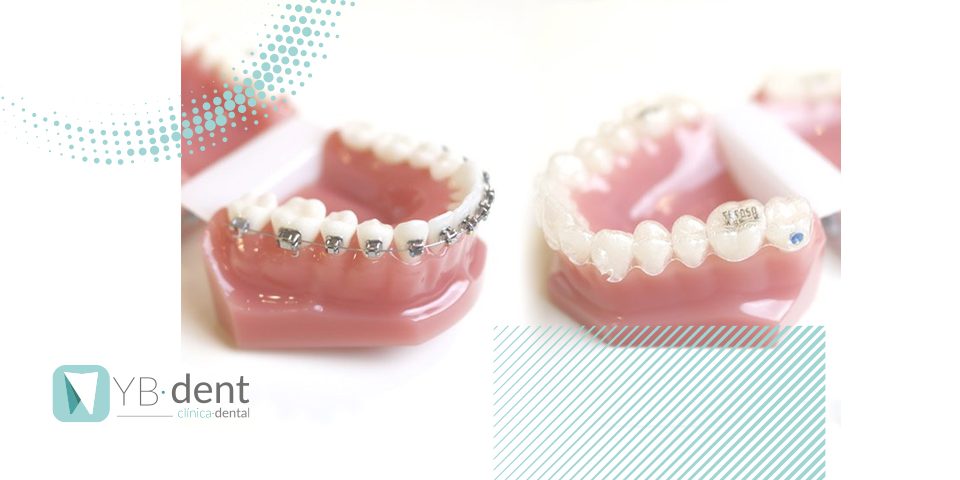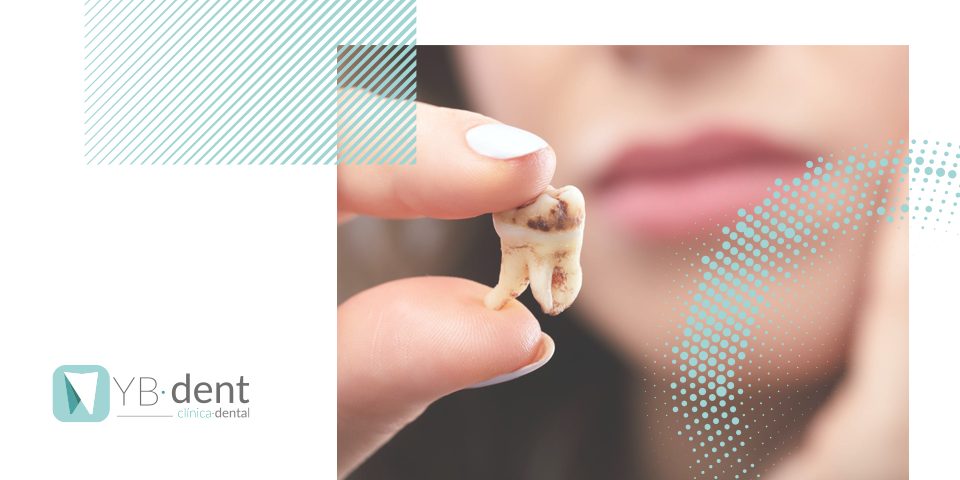Consecuencias de fumar para tu salud bucal

El tabaquismo es un problema de salud a nivel mundial y en términos generales, cuando pensamos en las consecuencias que acarrea el tabaco, solemos relacionarlo con problemas respiratorios, cardiovasculares o pulmonares.
Pero no hay que dejar de tener en cuenta, que la boca es la vía de entrada a todas esas partículas tóxicas y nocivas que lleva el tabaco. En este artículo os explicaremos las consecuencias que el acto de fumar puede acarrear a tu salud bucal:
Manchas en los dientes:
A nivel estético, el tabaco puede tener diversas consecuencias. Los cigarrillos producen manchas amarillas o marrones en los dientes debido a sus componentes como la nicotina, el alquitrán y diversos aditivos.
Como resultado de ello, puede llegar a afectar negativamente a la autoestima de las personas.
¿Cómo podemos eliminar estas manchas? Acudiendo a la clínica dental. En estos casos, es el higienista quien se encarga de llevar a cabo este proceso utilizando un aeropulidor o bien un cepillo con pasta de profilaxis.
Estos tratamientos suelen tener muy buen resultado en la eliminación de la tinción dental.
Melanosis: la melanosis o manchas en las encías, también es uno de los efectos negativos de fumar. Llega a afectar alrededor del 30% de las personas fumadoras. Se caracterizan por ser unas manchas de un tono marrón y afectan al color de las mucosas. Es una afección reversible la cual se puede eliminar mediante ciertos tratamientos en la clínica dental o bien dejando de fumar.
Halitosis: fumar provoca irritación y sequedad en las vías respiratorias, así como en las mucosas. Los componentes del tabaco como el alquitrán o la nicotina, así como esa incorrecta oxigenación debido a la irritación, provocan una inadecuada higiene oral que es lo que lleva al mal aliento o halitosis.
Cáncer oral: el tabaco es una de las principales causas. Los estudios confirman que este riesgo lo padecen de tres a cinco veces más las personas que fuman que las que no tienen este hábito. Además, esto se puede llegar a multiplicar con la ingesta de alcohol.
Deterioro del sentido del gusto y del olfato: tal y como afirma ADA (Asociación Dental Americana), el hecho de fumar llega a provocar una alteración en la percepción de los olores y los sabores de los alimentos, sobretodo del salado. Esto produce que los fumadores lleguen a abusar de la sal lo que tendría como consecuencia el aumento de la presión arterial.
Aumenta el riesgo de padecer periodontitis: la enfermedad periodontal, es una infección considerada grave de las encías. Daña el tejido blando y si no se realiza a tiempo el tratamiento adecuado termina por destruir el hueso que sujeta a los dientes, llegando incluso a provocar la pérdida de la pieza dental al paciente.
El tabaco puede aumentar de 5 a 20 veces el riesgo de tener periodontitis frente a las personas que no fuman. Por otro lado, al ser el tabaco un vasoconstrictor (disminuye el riego sanguíneo en la zona), las encías resultan menos inflamadas y coloradas de lo que realmente estarían por lo que el diagnóstico del mismo se ve afectado, lo que produce que se actúe frente al problema de forma tardía.
Caries: el acto de fumar también influye en la aparición de las caries. La flora bacteriana se ve afectada y la secreción de saliva disminuye, lo que provoca una menor capacidad para neutralizar la placa.
En las personas fumadoras, se observa una incidencia mayor en el hecho de padecer caries ya que el tabaco produce la pérdida del soporte dental exponiendo de esta forma a la raíz.
Las acciones que podemos recomendar para intentar paliar estos efectos serían:
- Un correcto cepillado de dientes: la higiene resulta algo fundamental e imprescindible. Es aconsejable realizarlo después de cada comida e incluso tras haber fumado. Además, la lengua también debe de tenerse en cuenta puesto que es una zona muy afectada por el tabaco.
- Hilo dental: su uso es totalmente recomendable ya que llega a aquellas zonas donde el cepillo de dientes no alcanza y protege mejor las encías.
- Un adecuado enjuague bucal: la higiene de nuestra boca se verá completada con este paso. A parte de proteger nuestro esmalte, reducirá la halitosis propia de las personas fumadoras.
Pero el mejor consejo que podemos darles es dejar de fumar. El tabaco no solo tiene estos efectos a nivel odontológico, sino que tiene múltiples consecuencias en la salud general de las personas.
Comenzar una vida sana es la mejor elección.



